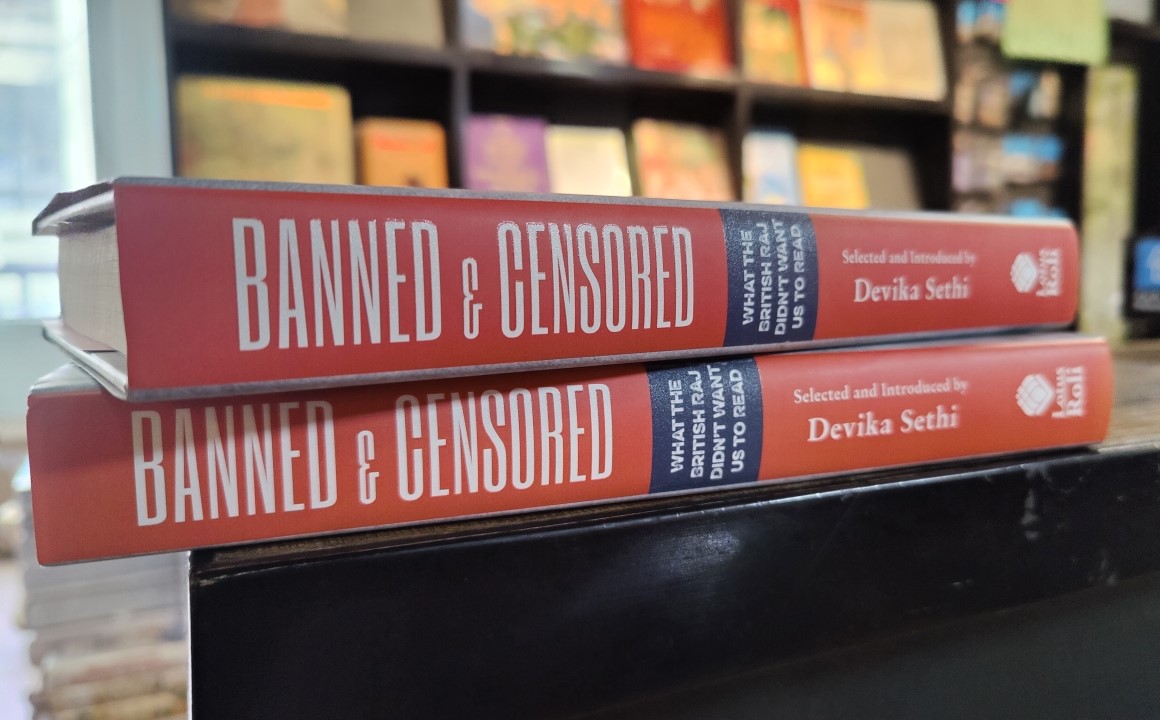Censorship – by the state, market, mob or even self – seeks to destroy ideas after they are uttered, and sometimes even before they are articulated. How does one resist or defeat censorship? Texts (defined here as books, pamphlets, posters, newspapers, journals or printed matter in any medium) that are banned often continue to circulate in a clandestine manner, at times at great personal costs to their authors, editors and publishers. In the long run, however, such texts are often consigned to the dustbin of history. The fact of censorship may be remembered but the words of authors, both famous and anonymous, fade away with time. Even as scholars of censorship focus on its tools (legal, administrative) and even resistance to it, the material itself gets obscured.
This anthology will take you on a journey of words and ideas that were deemed dangerous and seditious by the British colonial state in the eventful first half of the twentieth century in India.
It includes non-fiction writings by figures famous, obscure and anonymous of events immortalized and forgotten, by Indians and non-Indians by people jailed and free by politicians and intellectuals, revolutionaries and students. Each excerpt illuminates not just its author’s thought processes, but the times in which the text was composed and circulated. Some of these banned ideas are provocative even today while others seem tame; certain arguments have stood the test of time while others have lost currency. If censorship gives us an insight into the weaknesses of a state – its many Achilles’ heels, as it were – these texts collectively map the anxieties of the colonial state.
Control of public opinion via control of the written or spoken word was therefore high priority, even as anti-colonial nationalists vied to control and direct public opinion into channels of their making. The audience for Indian publicists comprised not just Indian masses or specific constituencies (students, women, caste or class groups, and so on) but also international observers, most importantly in Britain and the United States. The battle for the hearts and minds of these constituencies was fought not only in the well-known mass movements of the twentieth century but also on the terrain of print.
Texts are often produced in one context and read in others. In order to make sense of them, one therefore needs an insight into the times and circumstances in which they were produced. The five sections of this book cover one decade each. These sections are prefaced with context notes that flag important milestones in the political sphere that provoked the circulation of specific critiques of colonialism.
Colonial officials tasked with monitoring seditious activities had no doubt at all that there was a direct connection between the act of reading and acts of violence against the state. As Ker put it in his handbook:
It is easy to see how the course of reading contained in the books described in this chapter [titled ‘The Literature of Revolution’] would lead a young man by easy and direct stages from the study of religion and philosophy to the use of the revolver and the bomb.
This necessitated (at times, absurd) surveillance on reading material. To cite but one example, Ker went to the extent of remarking on how many times a book was issued from the library of the Anusilan Samiti (a revolutionary organization in Dacca [Dhaka], then in India): Jaliyat Clive (Clive the Forger) was issued thirteen times, and biographies of Rana Pratap (a sixteenth-century ruler from Western India) and Nand Kumar (an eighteenth-century Bengali official who was executed after coming into conflict with Warren Hastings), the Bhagawad Gita (part of the Hindu epic poem, the Mahabharat) and Anand Math (a historical novel authored by Bankim Chandra Chattopadhyay in 1882) were popular in terms of issues to patrons. To continue reading, get your copies from the link in bio.
To continue reading, get your copies here.

